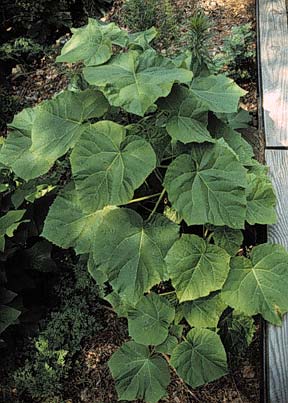

It can invade rapidly after disturbances such as fire, construction or floods, and its ability to resprout prolifically allows it to survive fire, cutting, and even bulldozing on building sites. It has tended to escape from cultivation and invade disturbed areas. It is a showy, aggressive ornamental tree that is also grown in plantations for timber production. The tree is harvested from the wild for local use as a medicine, source of materials, and sometimes as food. The specific epithet tomentosa is a Latin word meaning covered in hairs. The generic name Paulownia honors Princess Anna Paulowna (1795-1865), daughter of Czar Paul I of Russia. It has also been introduced to Western and Central Europe and is establishing itself as a naturalized species there as well.Īpart from the Empress tree, it is also known as the Chinese empress tree, foxglove tree, karri tree, karri tree, princess tree, princess tree, royal paulownia, butterfly tree, empress of China, paulownia, paulownia tree, and royal paulownia tree. It is an extremely fast-growing tree with seeds that disperse readily and is a persistent exotic introduced species in North America, where it has undergone naturalization in large areas of the Eastern US.


The plant is native to China and is widely distributed in central and northern regions, especially Shaanxi, Shanxi, Gansu, Henan, Hebei, Shandong, Anhui, Hubei, Jiangsu, and the Liaoning peninsula. Paulownia tomentosa, commonly names princess tree, empress tree, or foxglove tree, is a deciduous hardwood tree in the Scrophulariaceae (Figwort family).


 0 kommentar(er)
0 kommentar(er)
